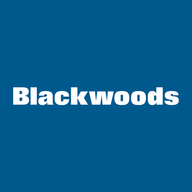
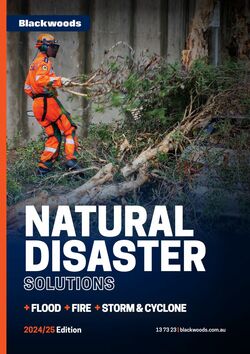

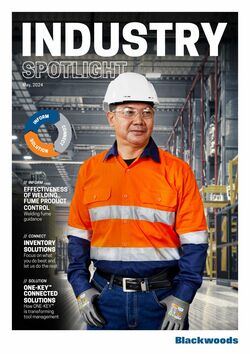
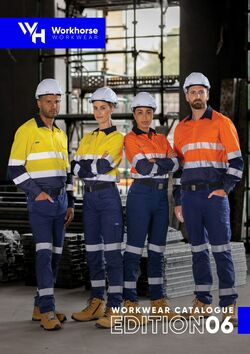
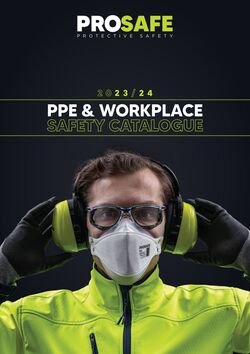
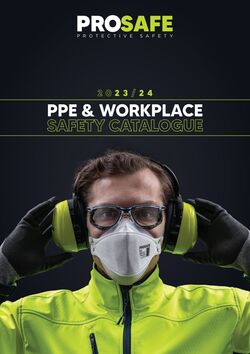
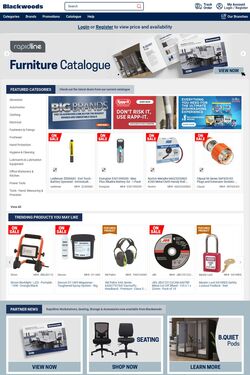
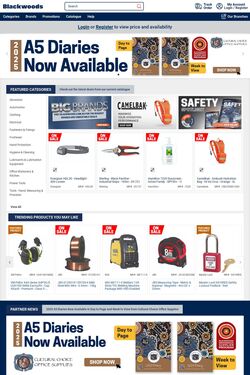
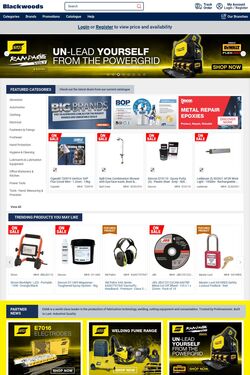
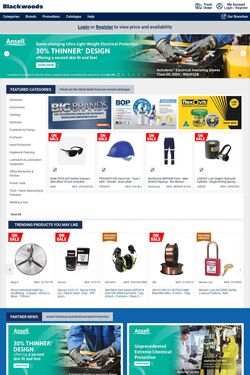
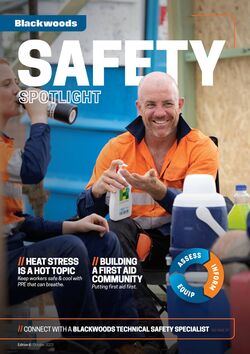
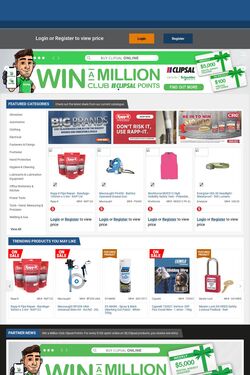
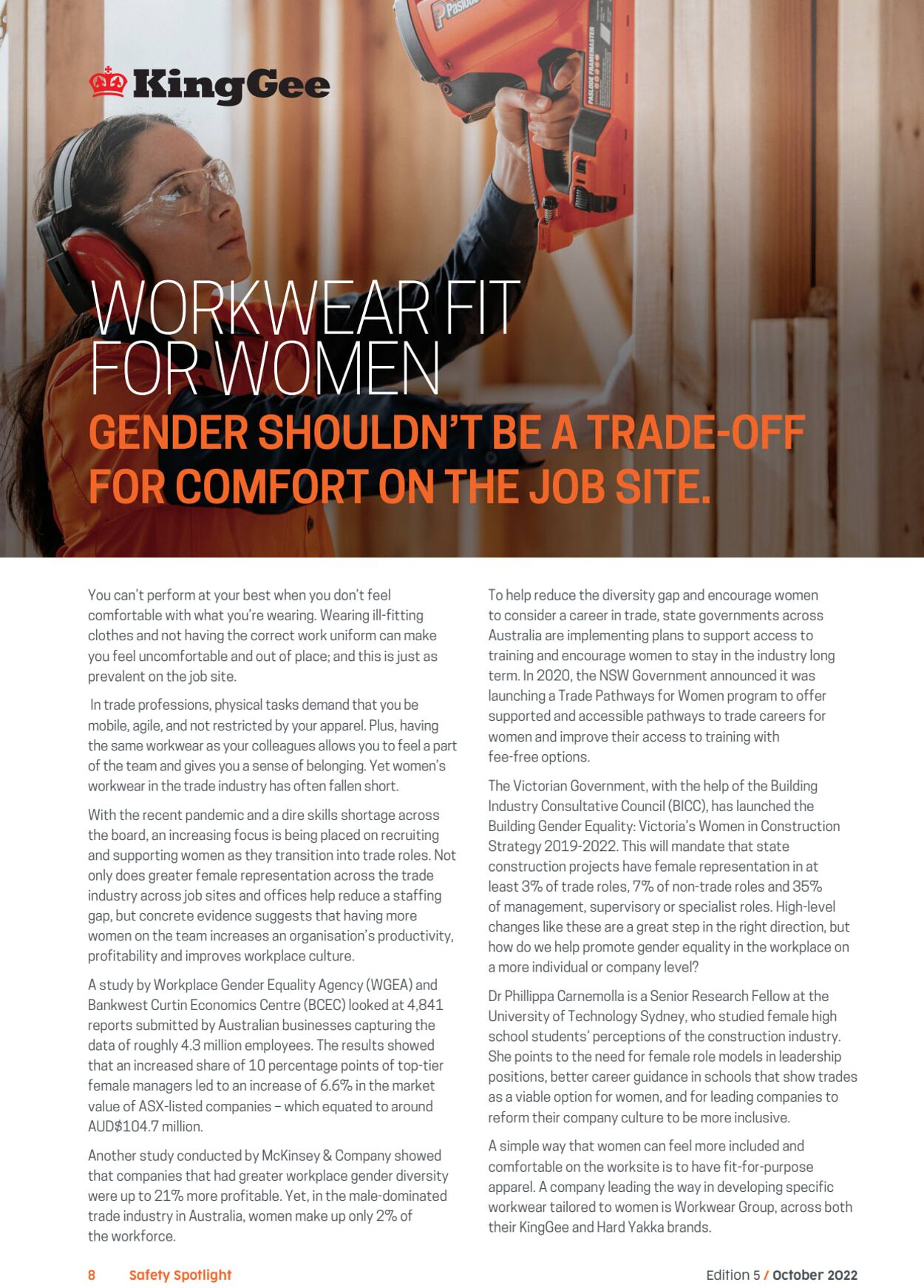
Products in this catalogue
WORKWEAR FIT FOR WOMEN CN Pe sOU MPM) bye 8 oe FOR COMFORT ONdiHE JOB SITE: You can't perform at your best when you don't feel comfortable with what you're wearing. Wearing ill-fitting clothes and not having the correct work uniform can make you feel uncomfortable and out of place; and this is just as prevalent on the job site. In trade professions, physical tasks demand that you be mobile, agile, and not restricted by your apparel. Plus, having the same workwear as your colleagues allows you to feel a part of the team and gives you a sense of belonging. Yet women’s workwear in the trade industry has often fallen short. With the recent pandemic and a dire skills shortage across the board, an increasing focus is being placed on recruiting and supporting women as they transition into trade roles. Not only does greater female representation across the trade industry across job sites and offices help reduce a staffing gap, but concrete evidence suggests that having more women on the team increases an organisation's productivity, profitability and improves workplace culture. A study by Workplace Gender Equality Agency (WGEA) and Bankwest Curtin Economics Centre (BCEC) looked at 4,841 reports submitted by Australian businesses capturing the data of roughly 4.3 million employees. The results showed that an increased share of 10 percentage points of top-tier female managers led to an increase of 6.6% in the market value of ASX-listed companies — which equated to around AUD$104.7 million. Another study conducted by McKinsey & Company showed that companies that had greater workplace gender diversity were up to 21% more profitable. Yet, in the male-dominated trade industry in Australia, women make up only 2% of the workforce. To help reduce the diversity gap and encourage women to consider a career in trade, state governments across Australia are implementing plans to support access to training and encourage women to stay in the industry long term. In 2020, the NSW Government announced it was launching a Trade Pathways for Women program to offer supported and accessible pathways to trade careers for women and improve their access to training with fee-free options. The Victorian Government, with the help of the Building Industry Consultative Council (BICC), has launched the Building Gender Equality: Victoria's Women in Construction Strategy 2019-2022. This will mandate that state construction projects have female representation in at least 3% of trade roles, 7% of non-trade roles and 35% of management, supervisory or specialist roles. High-level changes like these are a great step in the right direction, but how do we help promote gender equality in the workplace on amore individual or company level? Dr Philippa Carnemolla is a Senior Research Fellow at the University of Technology Sydney, who studied female high school students’ perceptions of the construction industry. She points to the need for female role models in leadership positions, better career guidance in schools that show trades as a viable option for women, and for leading companies to reform their company culture to be more inclusive. Asimple way that women can feel more included and comfortable on the worksite is to have fit-for-purpose apparel. A company leading the way in developing specific workwear tailored to women is Workwear Group, across both their KingGee and Hard Yakka brands. Edition 5 / October 2022
| Name | Details |
|---|